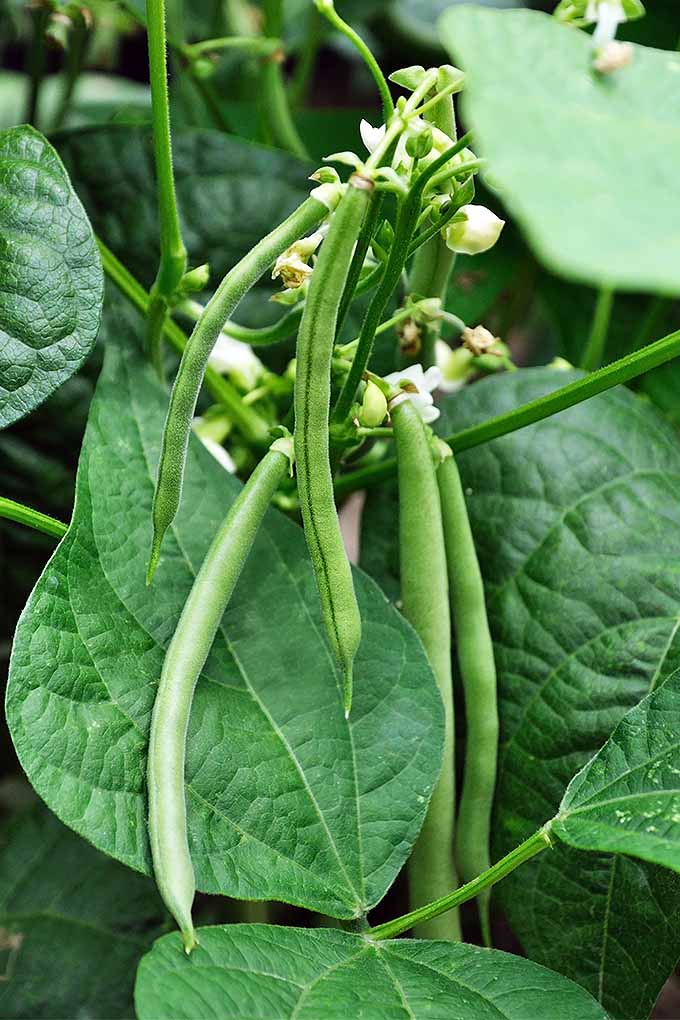Green bean plants, known scientifically as Phaseolus vulgaris, are a quintessential staple in gardens worldwide. Their vibrant foliage and delicate flowers not only enhance the aesthetic appeal of any garden but also offer an abundance of nutritious produce. Understanding these plants begins with an appreciation of their distinct morphology and their needs in cultivation. This article delves into identifying green bean plants and mastering the art of growing them.
Green bean plants present a variety of growth forms, being categorized primarily into bush and pole varieties. Each type has unique characteristics and growing requirements, making it imperative for gardeners to understand their options. Regardless of which type is chosen, both promise a delightful harvest and an opportunity to engage deeply with the gardening process.
When examining a green bean plant, curiosity is piqued by its anatomy. The leaves exhibit a rich green hue, typically trifoliate, meaning each leaf comprises three leaflets. This structure not only provides visual interest but also plays a role in photosynthesis, allowing the plant to thrive under ample sunlight. The branching is crucial, as it creates an expansive canopy that captures sunlight efficiently.
The flowers, often overlooked, are small yet striking, usually appearing in shades of white or purple. They are self-pollinating, which is advantageous for home growers, eliminating the dependency on external pollinators. Once pollinated, these flowers give way to the fruit, the green beans, which emerge as elongated pods, frequently ranging from 4 to 10 inches in length.
Identifying these features is not merely academic; it equips gardeners with the knowledge to provide optimal care. Understanding the plant’s structure aids in recognizing symptoms of distress or disease. For instance, yellowing leaves may indicate overwatering, whereas wilting could suggest a need for moisture or nutrient adjustment. Careful observation is key—it fosters a responsive gardening approach, nurturing growth rather than reacting only when problems arise.
A plethora of environmental factors impact the success of green bean plants. Soil composition is paramount. Well-drained, loamy soils that are rich in organic matter support robust plant growth. The pH level should ideally fall between 6.0 and 7.0, as a slight acidity bolsters nutrient uptake. Before planting, it is recommended to enrich the soil with compost or aged manure, setting the stage for vibrant growth and plentiful yields.
Temperature plays a pivotal role in the lifecycle of green bean plants. They thrive in warm conditions, with optimal growth occurring between 70°F and 90°F. Planting should occur after the last frost when soil temperatures have reached at least 60°F. Late spring is typically the best period, as the warmth and sun create an ideal environment for germination.
Whether opting for bush or pole varieties, seed selection is the next important step. Bush beans are compact and can be spaced closely, perfect for smaller gardens or container planting. Conversely, pole beans require support to grow vertically and tend to produce a higher yield per square foot. Trellises or stakes are often utilized to facilitate their climbing habits, which is a visual delight and a space-saving technique.
Once planted, the journey of care continues with regular watering and weeding. Green beans require consistent moisture, especially during flowering and pod formation. Drip irrigation is highly effective, preventing water from splashing on foliage, thereby reducing the risk of fungal disease. Mulching around the base can also help retain moisture while suppressing weeds.
As the green bean plants mature, vigilance for pests and diseases is essential. Common culprits include aphids, spider mites, and the notorious Mexican bean beetle, which can defoliate a plant swiftly if unchecked. Integrated pest management techniques, such as introducing beneficial insects like ladybugs or employing organic insecticidal soap, can maintain a healthy balance in the garden ecosystem.
Harvesting green beans is an act of anticipation and joy. Beans are typically ready to be picked within 50 to 70 days post planting, depending on the variety. They should be harvested while still immature, maintaining that tender crispness that is so desirable. Regular harvesting expedites further pod production, encouraging the plant to continue its fruitful yield. A vivid green color signifies readiness, while any signs of yellowing should prompt immediate picking to avert over-maturation.
In summary, growing green bean plants is a gratifying endeavor that intertwines botanical knowledge with horticultural practice. By gaining insights into their structure, care requirements, and harvesting techniques, gardeners can embrace a holistic approach to cultivation. This dual awareness nurtures not just the plants but also the growing gardener, fostering a deeper connection to the earth and the cycles of life it sustains.
Through understanding and appreciating the beauty of green bean plants,one can truly cultivate a garden that not only nourishes the body but also enriches the soul.





Leave a Comment